Scott #21, a one-cent United States stamp featuring Benjamin Franklin, is a significant entry in American philately. As a perforated variant of Scott #8, it belongs to the Type III category, distinguished by its unique design features and production history.
Design & Print
Type III, as exemplified by Scott #21, is characterized by broken top and bottom lines and incomplete top and bottom ornaments. This design differentiates it from Type IIIA, where either the top or bottom line is broken, but not both. The degree of break in these lines is a critical factor in the stamp’s desirability and value. Position 99R2 on Plate 4 is a prime example of Type III and is highly prized for its wide breaks and significant double transfer along its right side.
Scott #21 stamps of Type III primarily originate from Plate 4, with approximately 37 to 65 of the 200 positions on this plate producing Type III stamps. The exact number of Type III positions is subject to variation due to the delicate engraving of the bottom line on many positions, which faded over time. Plate 4 Type III’s quality is judged based on the clarity and width of the bottom line break. Additionally, one position on Plate 12, 46L12, has been certified as Type III.
Position 99R2 holds a special status within the One Cent classification system. While it lacks a separate catalog number, it is listed separately in the Scott Specialized catalog due to its distinctiveness and value. It is considered the second most valuable imperforate type variety after 7RIE, Type I, and the most rare and valuable perforated One Cent variety. Its rarity and value make it a target for misidentification, both innocent and intentional.
Postal Usage
The one-cent denomination of Scott #21 was ideal for local mail, including printed circulars and other lightweight correspondences. During this era, such stamps facilitated the burgeoning exchange of information and commerce within communities and cities.
The introduction of perforation in stamps like Scott #21 was a technological advancement aimed at improving the ease of use for postal customers. Perforated stamps were easier to separate, potentially speeding up the process of preparing mail. The degree to which this innovation impacted the adherence of stamps to envelopes, as speculated, also suggests a possible improvement in the overall mail handling process.
Identification
Identifying Scott #21 involves careful examination of the top and bottom line breaks and the completeness of the side ornaments. The stamp is more desirable when the breaks are larger. Due to the variation in the break’s size and the delicate nature of the bottom line engraving, the identification of Type III can be subject to reasonable dispute.
Scott #21 is a key component of U.S. philatelic history, characterized by its Type III design, the nuanced differences in its production across various plates, and its significance in the classification of One Cent stamps. Understanding the intricacies of its design and production, particularly the unique position 99R2, is crucial for collectors and historians in appreciating the stamp’s place in American philately.



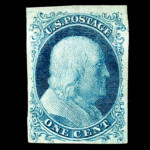
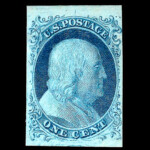
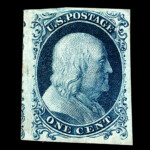
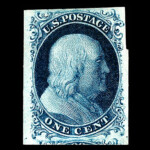
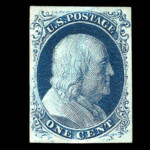
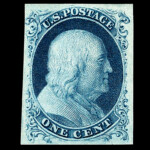
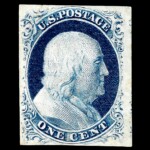
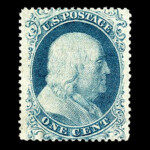
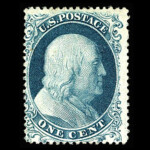
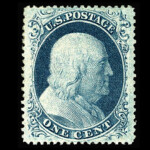
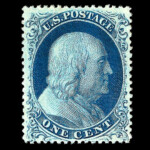
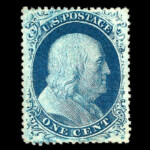
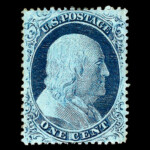
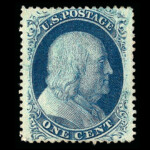
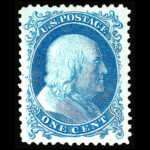
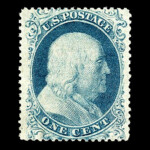
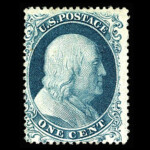
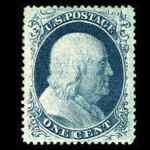
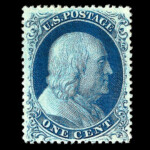
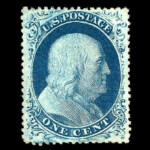
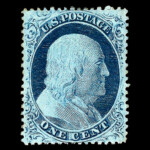
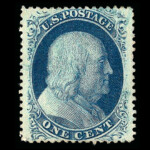
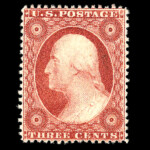
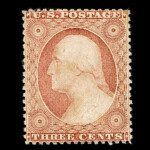
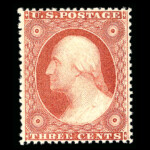
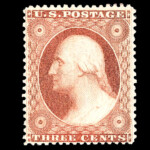
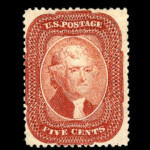
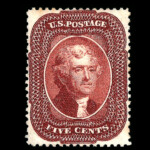
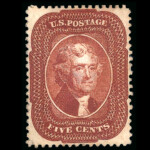
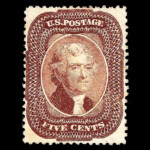
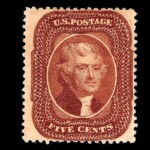
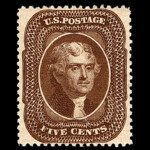
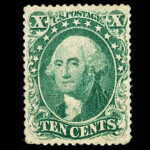
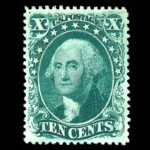
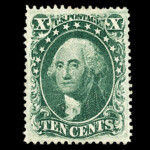
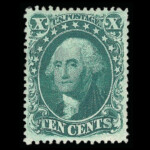
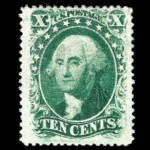
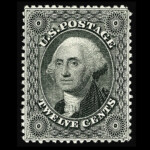
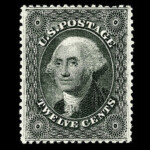
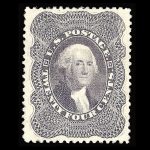

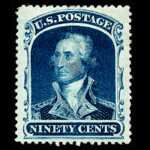








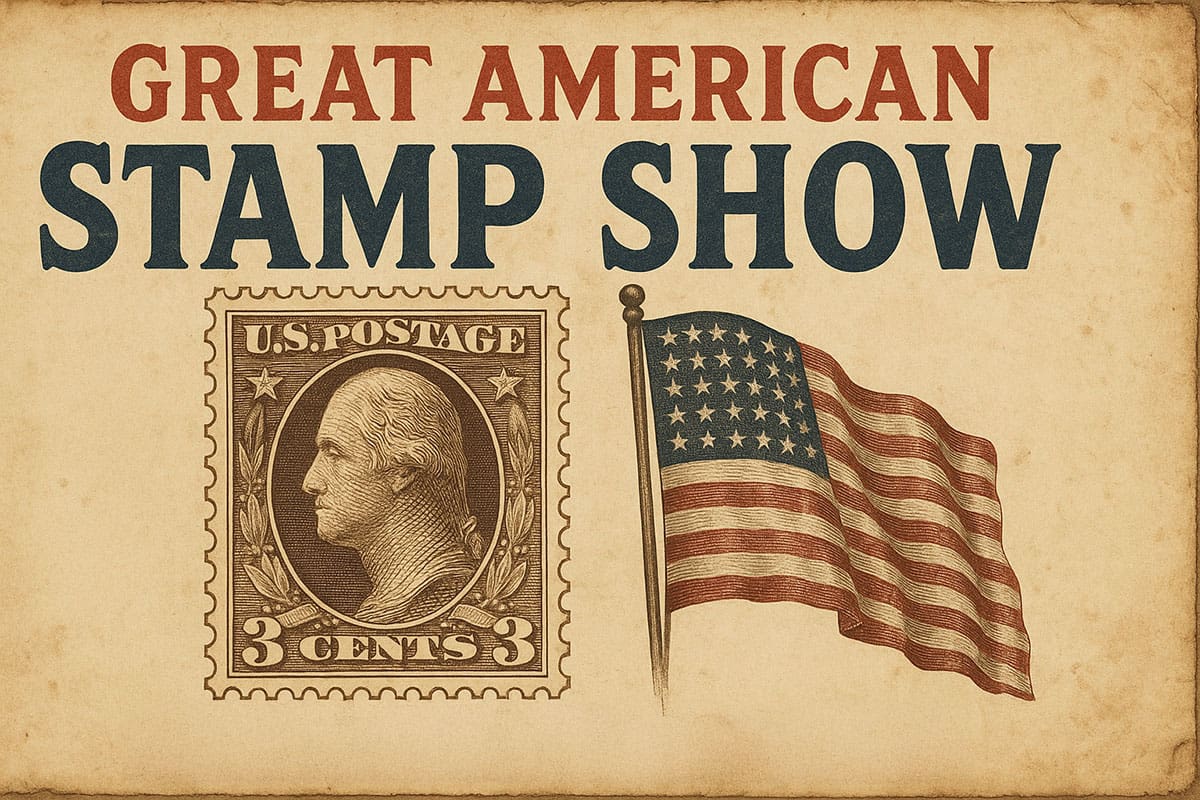



Ask A Question Or Leave A Comment